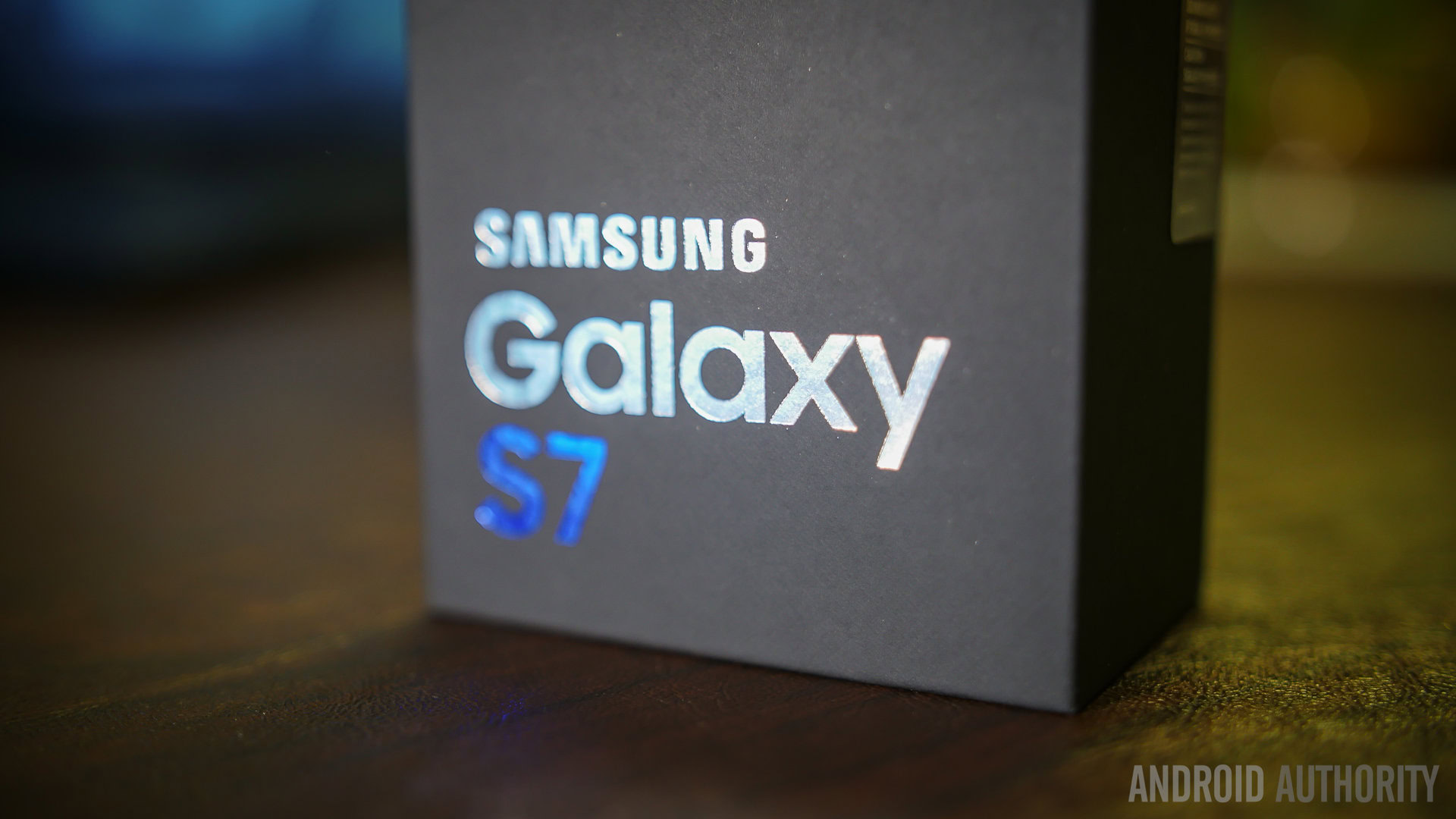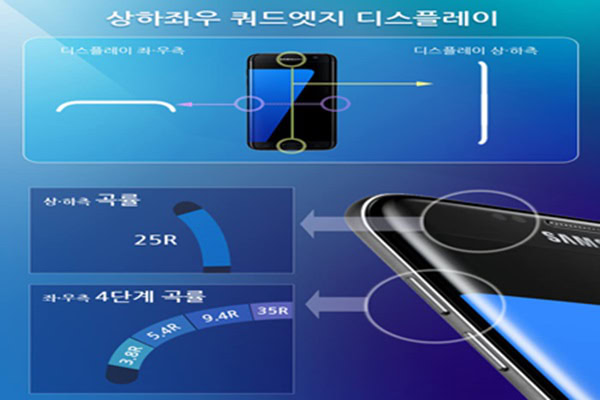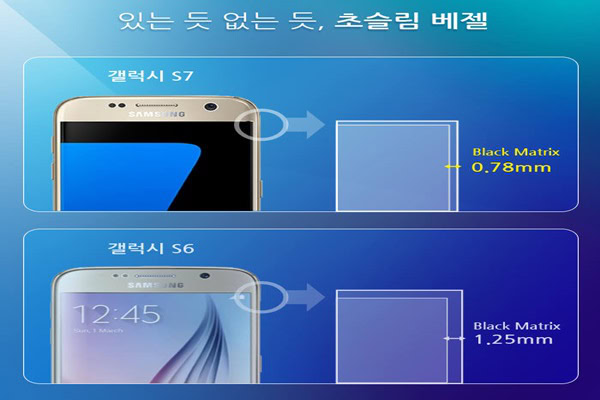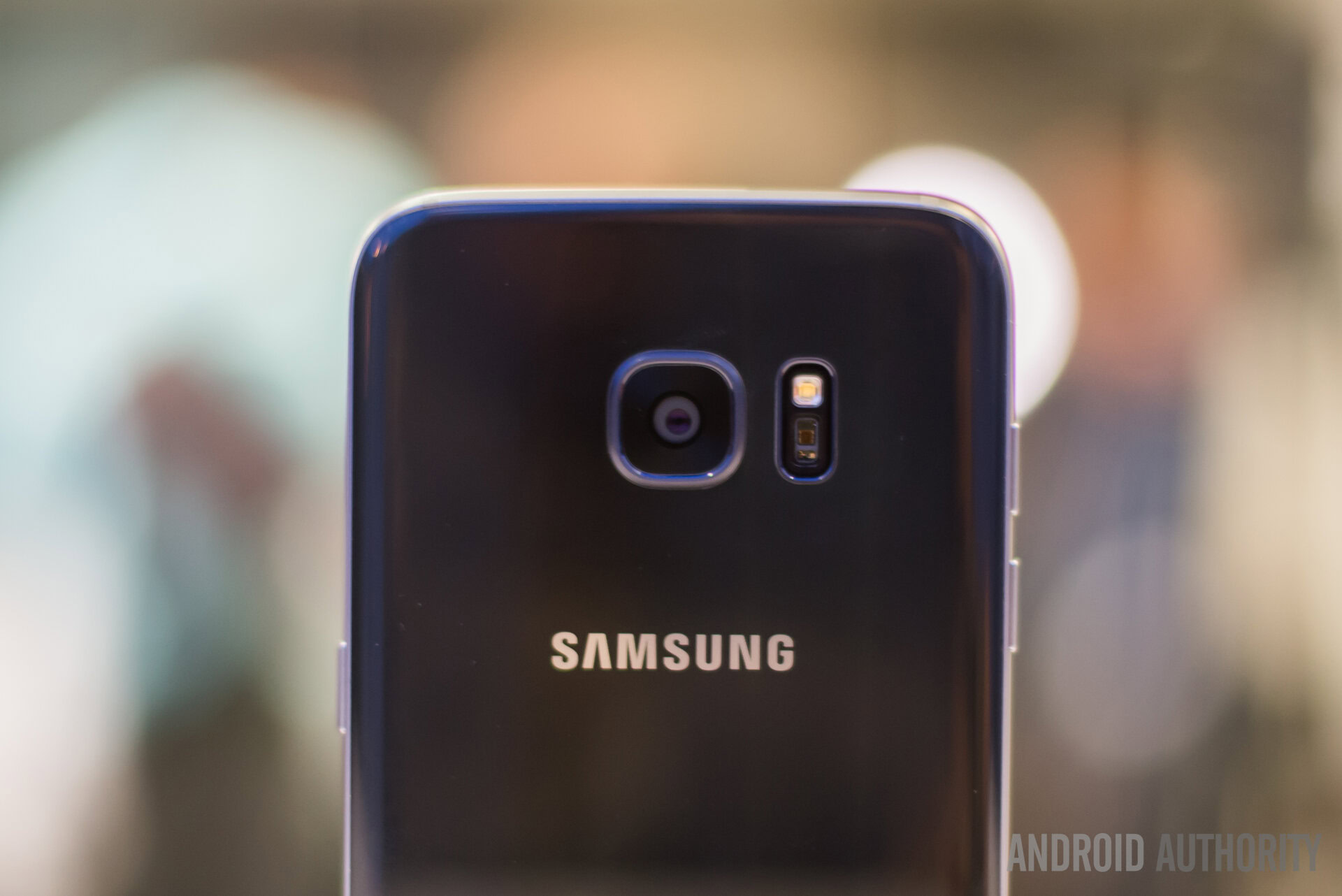Affiliate links on Android Authority may earn us a commission. Learn more.
How the Samsung Galaxy S7 Edge pulls off its curved display
Published onMarch 8, 2016

That the Samsung Galaxy S7 and the S7 Edge are described as different “variants” or “models” of the same smartphone can be a bit misleading. The technology that goes into making the S7 Edge’s curved display is by no means simple, and it impacts how the internal components of the device can be structured and organized. Today, the Korean IT reporters over at etnews have given us a pretty substantive look into how Samsung pulled off the S7 Edge’s Quad-Edge curved display.
That’s right, Quad. Although even the most superficial followers of the S7 Edge are aware that the device has a gently curved screen on the left and right, some who haven’t handled the device themselves may be surprised to learn that this curved surface is applied to the top and bottom of the phone as well. Although this design choice provides a smooth, flattened lozenge shape that fits nicely in the hand, it has design ramifications that cascade through the smartphone’s guts, forcing the developers to very carefully and deliberately manage space. The result is a highly efficient piece of mobile tech.

It’s worth noting that Samsung has decreased the bezel on the S7 Edge by significantly compared to the device’s predecessor, meaning that this year’s flagship has 40 percent less non-operating area on its screen than last year’s model.

To get this level of physical smoothness around the edges, Samsung actually uses 4 steps of curvature (depicted above) which keeps the edge of the device from feeling like a sudden dropoff. The curved display is a modified version of the original Flexible AMOLED technology which we first saw hit the market in 2013, but the introduction of Quad-Edge display has resulted in a radical decrease in bezel space. Naturally, this creates less room for circuits and electrodes that the device needs to operate the display. To maintain a high resolution (which requires more electrodes and more elaborate circuit structures) Samsung had to develop a way to reduce the spacing between circuits, allowing more of these to be packed together inside the device.

Furthermore, Samsung has managed to improve both the camera and the battery life on the S7 Edge. Since battery tech hasn’t made much improvement over the past decades (compared to similar tech), Samsung solves the battery problem by improving resource management. Having a nice camera could be problematic, especially since the manufacturer wanted to include Dual Pixel Image Sensor technology (which we’ve never seen on a smartphone before, and which allows quality photos to be taken even in low light scenarios). To compensate for this, Samsung carved out a relatively large 8.6mm U-shaped groove in the top right of the smartphone, where the camera is housed. The components that usually reside in this area have been situated elsewhere in the device, thanks to improved circuitry density.
What do you think of the Galaxy S7’s curved display? A worthwhile design element, or a perk that, while impressive, is fundamentally a gimmick? Let us know your opinion in the comments below!
